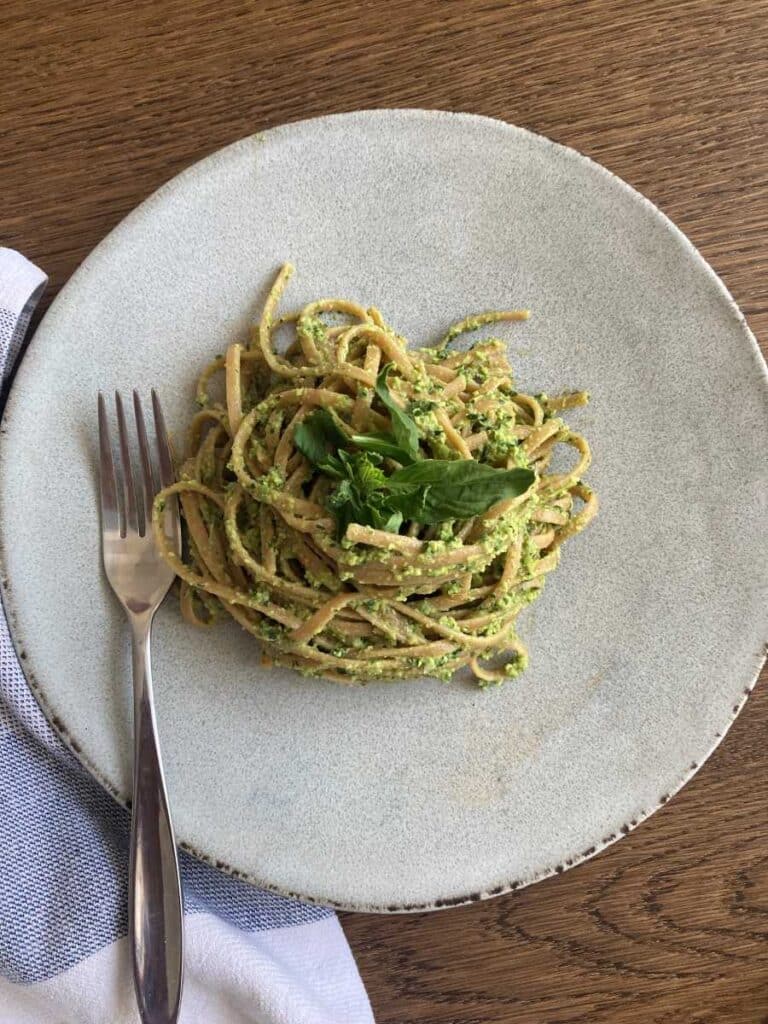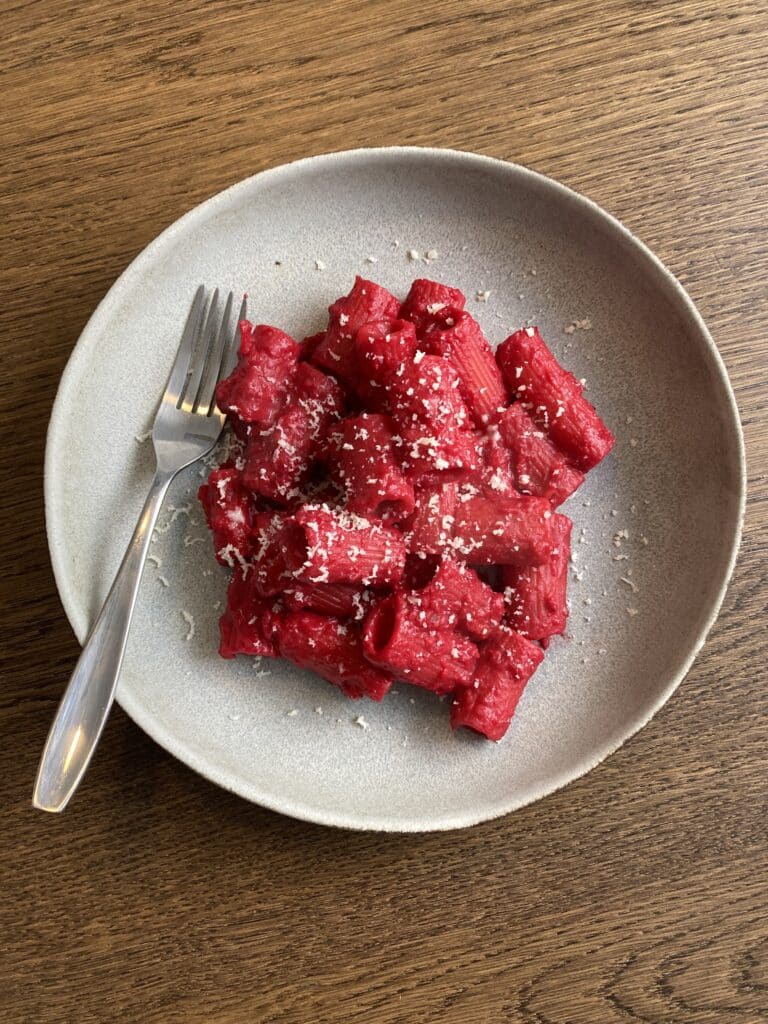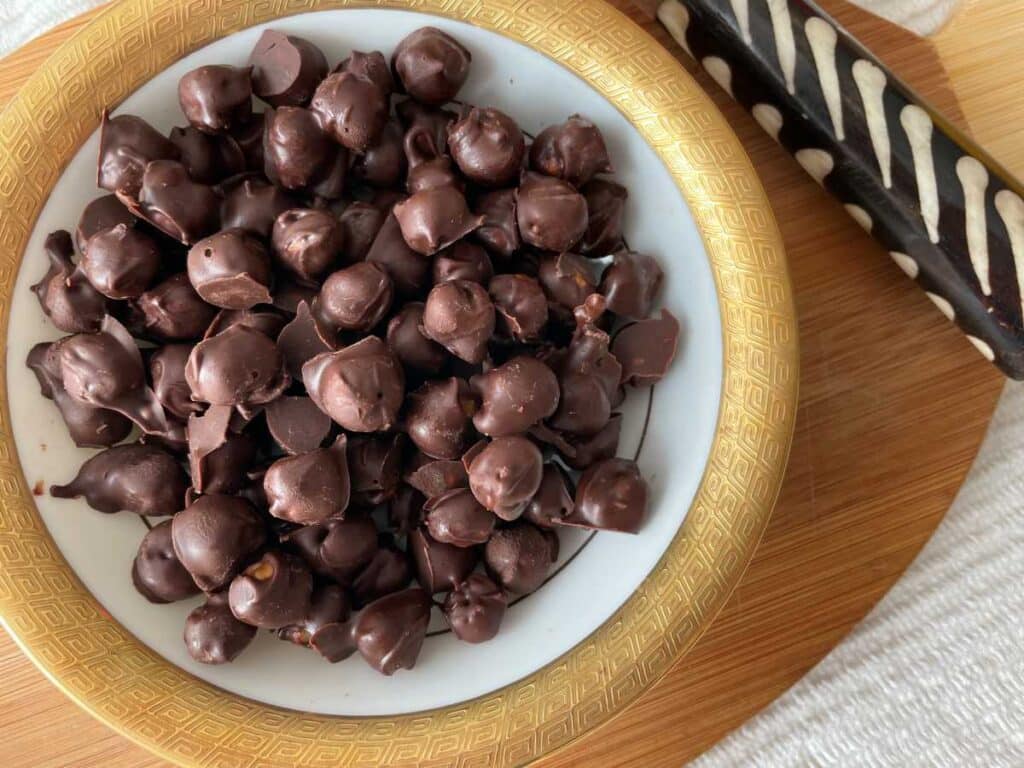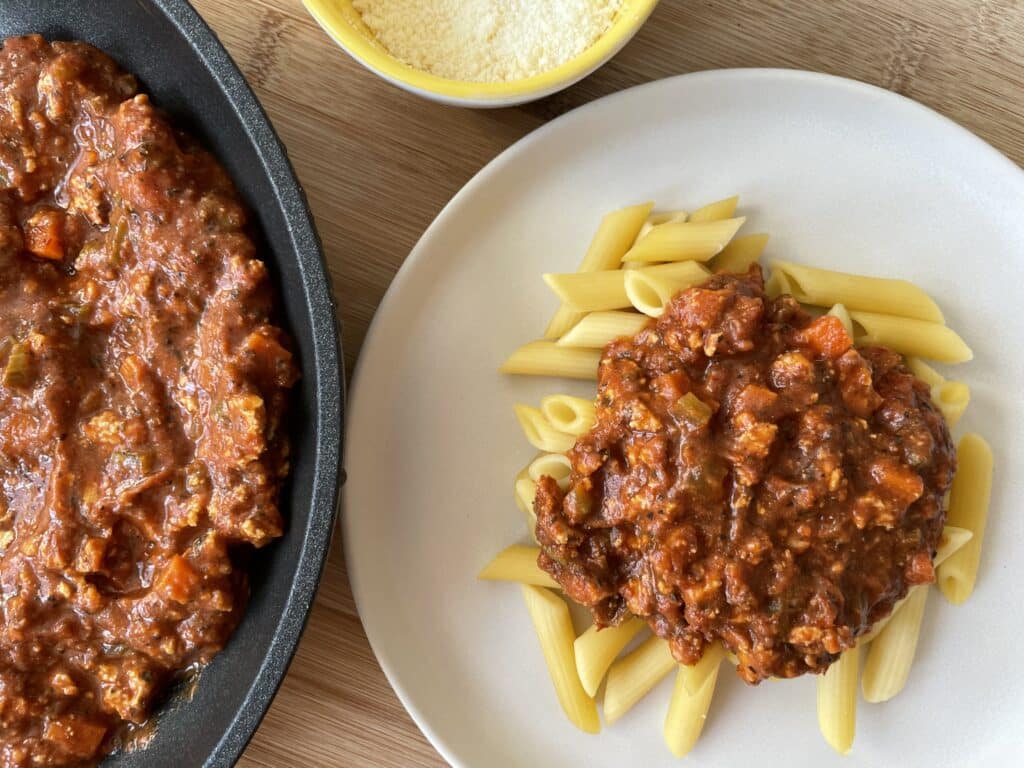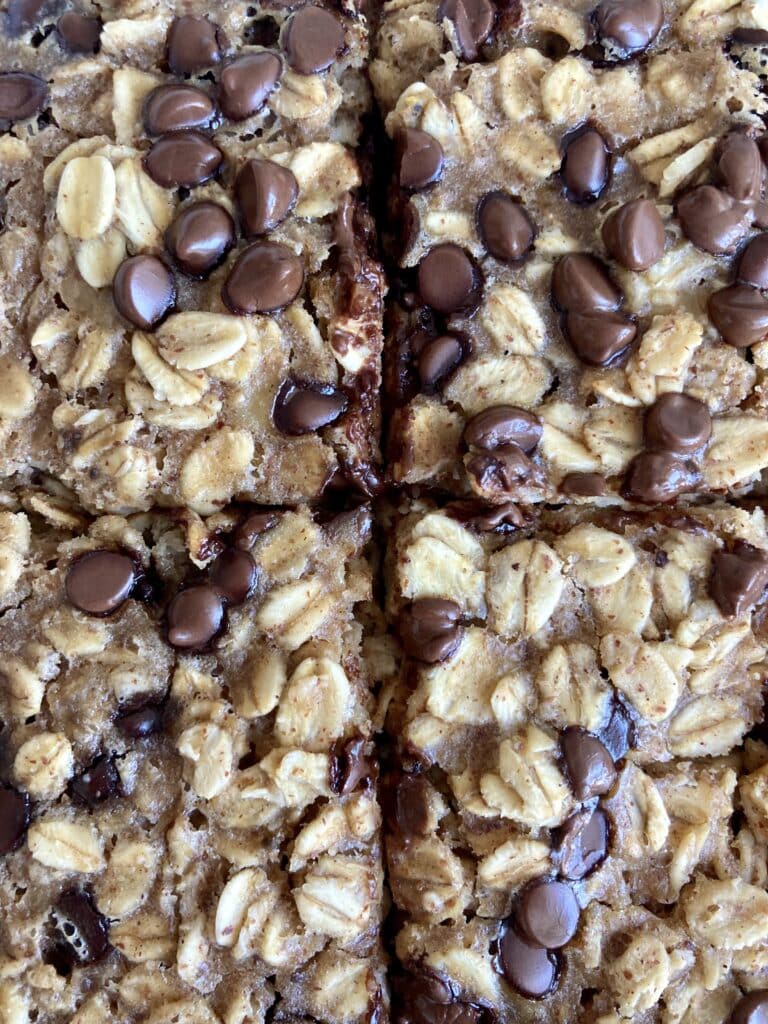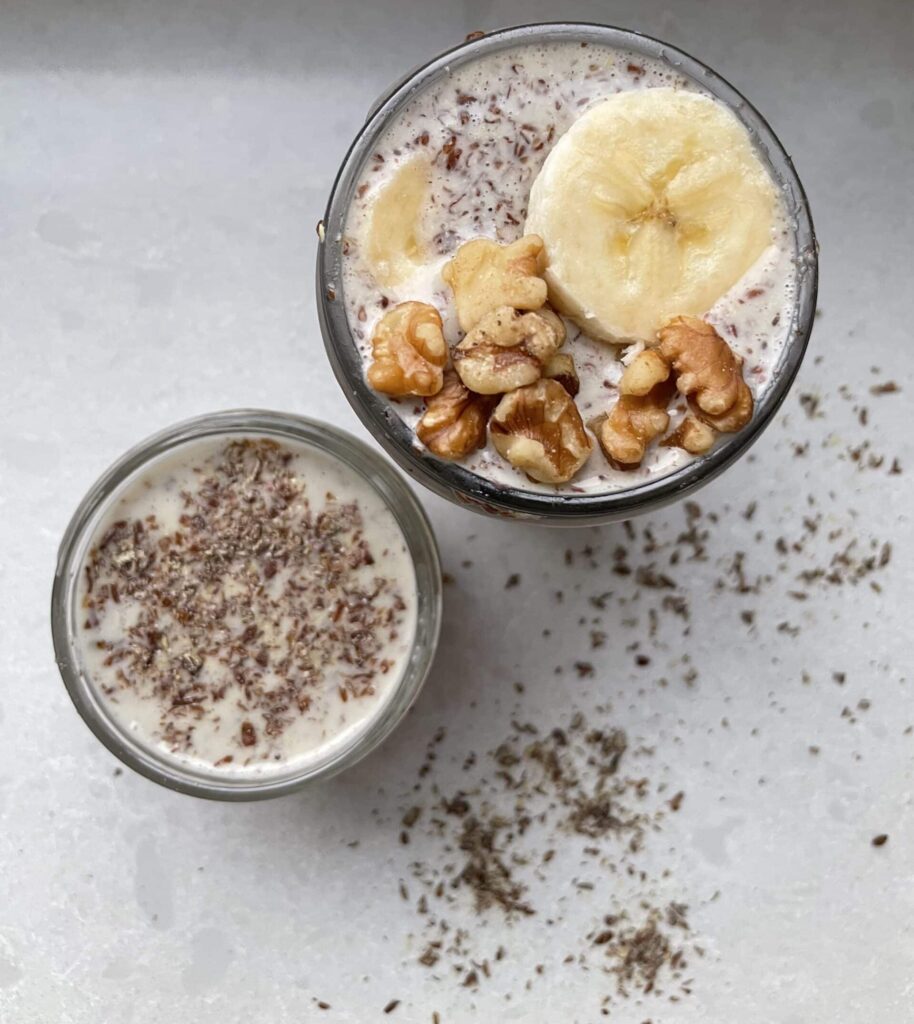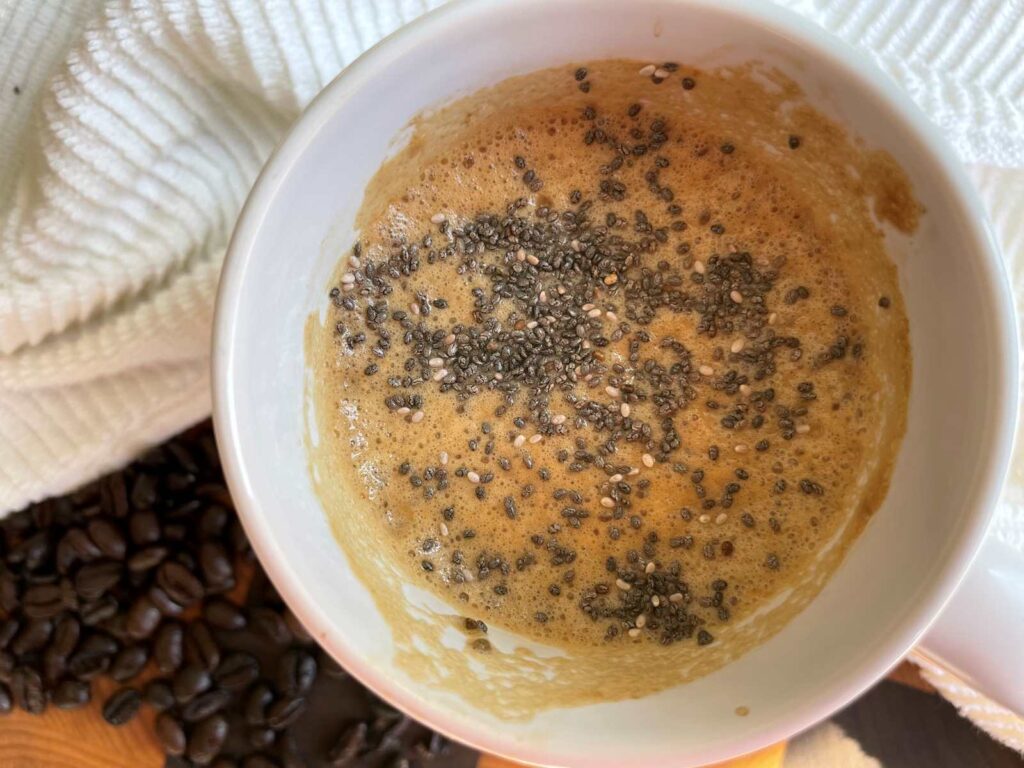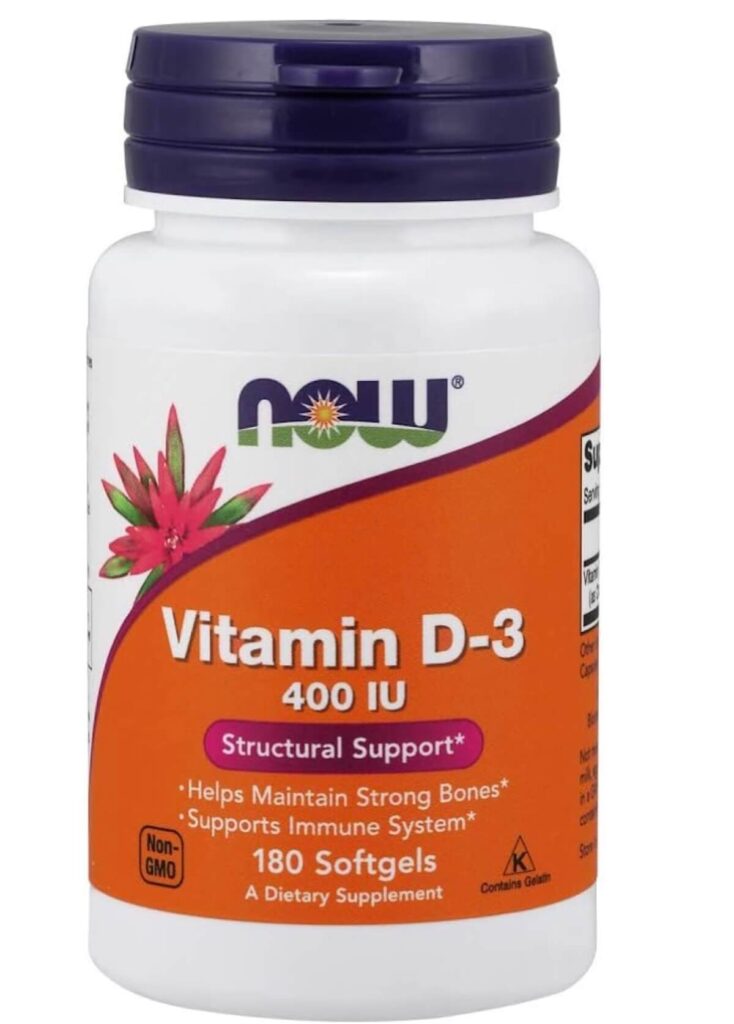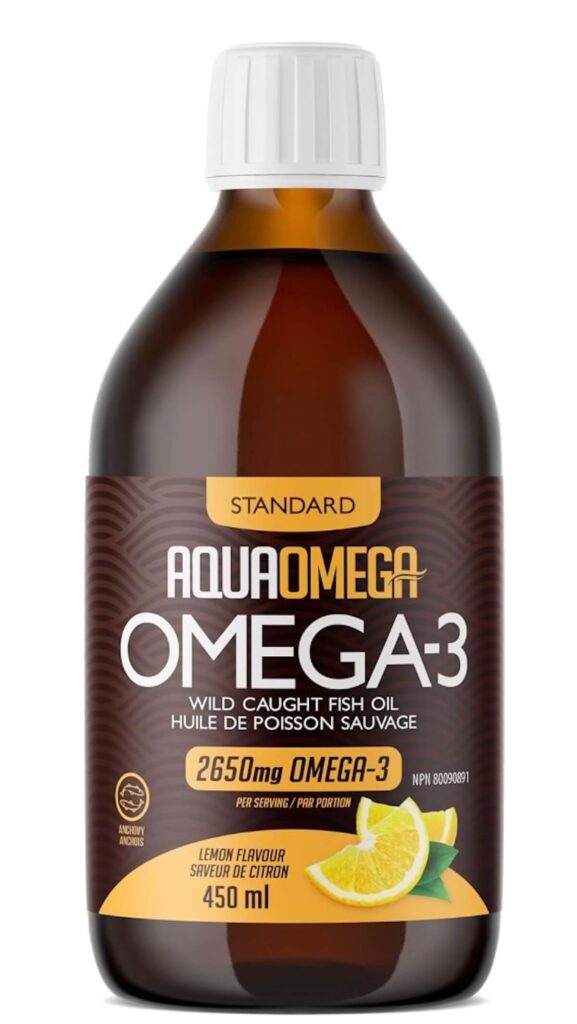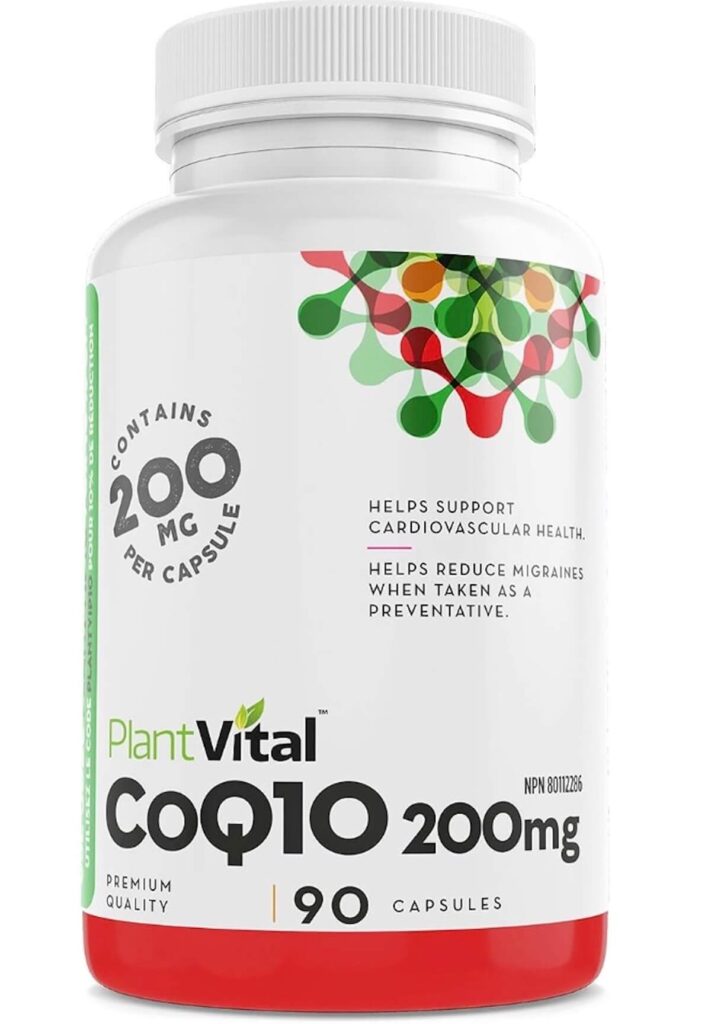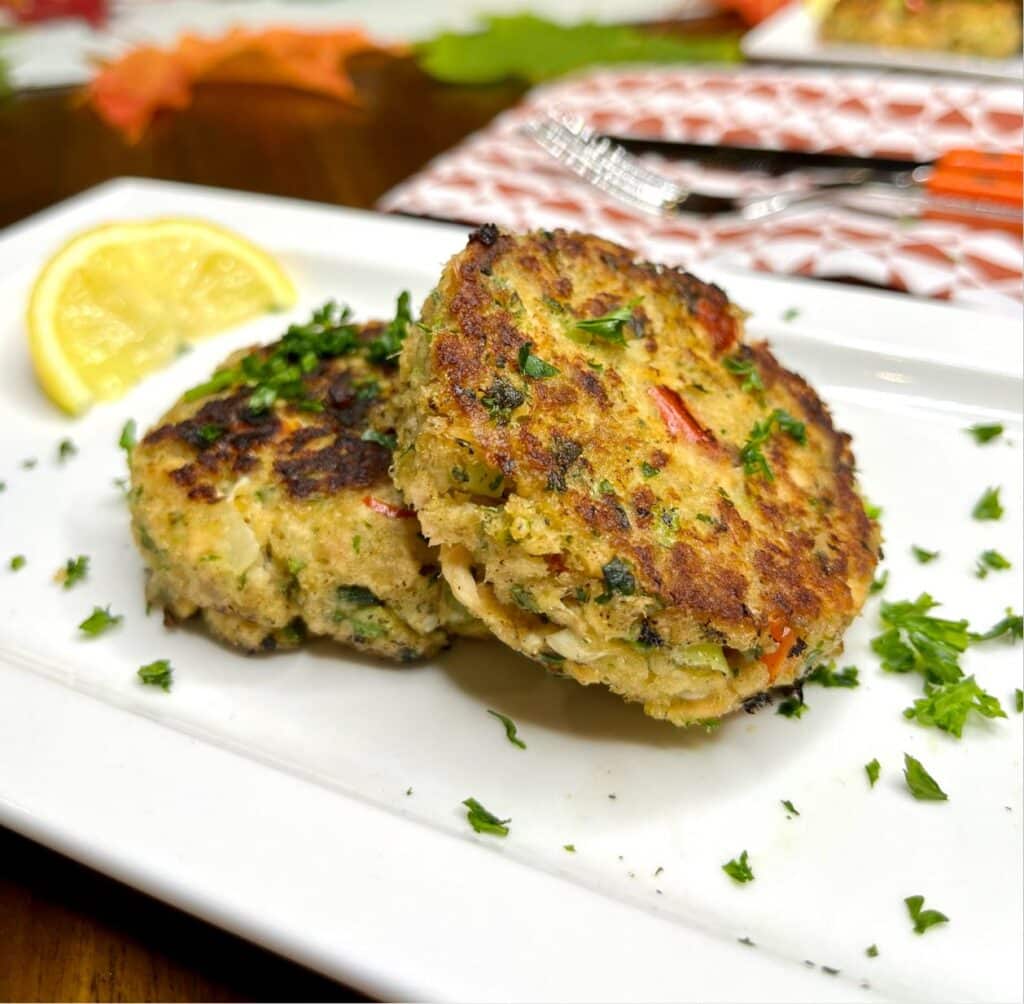Looking for a Peripheral Artery Disease diet (PAD diet)? If so, you have come to the right place!
The Peripheral Arterial Disease Diet plan is tailored to help manage peripheral artery disease (PAD) as well as to reduce the risk of developing it.
Check out these tips and tricks to help manage and prevent peripheral artery disease with diet.
*Please note that this post contains clearly identified affiliate links. If you click on these links and choose to make a purchase, I may receive a commission (at no cost to you). As an Amazon Associate, I earn from qualifying purchases.
Top Takeaways
- Peripheral Artery Disease (PAD) is a cardiovascular condition characterized by narrowed or blocked blood vessels, primarily affecting the legs and feet. It’s commonly caused by the buildup of fatty deposits in arteries.
- Risk factors for PAD include age, type 2 diabetes, high blood pressure, high cholesterol, smoking, lack of physical activity, and a high-fat diet.
- Dietary strategies to manage and prevent PAD include following diets like the Mediterranean Diet, DASH Diet, and Portfolio Diet. These diets emphasize plant-based foods, healthy fats, and low cholesterol options to reduce the risk of atherosclerosis.
- Other lifestyle measures to manage PAD include exercise, quitting smoking, medications, surgery, managing underlying health conditions, self-care for feet, ensuring adequate sleep, and stress management.
Pin It For Later!
What Is Peripheral Artery Disease?
Peripheral artery disease is a cardiovascular disease that results in the narrowing or blockage of peripheral blood vessels that carry blood away from the heart to other parts of the body(2). PAD is predominantly caused by the build up of fatty deposits in the arteries, known as plaque build up or atherosclerosis (3).
The most common type of peripheral artery disease will affect the arteries in the legs and feet (2). This causes pain in the leg area during periods of physical activity, which usually subside after a period of rest (3).
PAD is quite common in the United States affecting around 12 million Americans, and globally affecting more than 200 million individuals (1).
What Increases Your Risk Of Peripheral Artery Disease?
- Increased age (4)
- Type 2 diabetes mellitus (4)
- High blood pressure (4)
- High blood cholesterol (4)
- Smoking (4)
- Lack of physical activity (4)
- High fat diet (1)
Complications Of Peripheral Artery Disease
Most of the complications that are associated with uncontrolled peripheral artery disease are caused by the lack of blood flow (5). These complications include:
- Leg pain
- Amputation (5)
- Poor wound healing (5)
- Pain in affected extremity causing restricted mobility (5)
- Heart attack and increased risk of heart disease or coronary artery disease
- Stroke (5)
What Are The Best Diets For Peripheral Artery Disease?
Eating well and reducing the amount of saturated fat in your diet can help to slow the process of atherosclerosis or plaque build up in your arteries. Choose heart healthy diet and foods like low cholesterol desserts or coffee creamers to lower cholesterol as this will decrease your risk of developing PAD or help to manage PAD.
Below are some peripheral artery disease diets that may help to reduce the risk and manage your PAD. You can also look to the MIND diet, plant based books, or POTS diet for other ideas.
Mediterranean Diet
The Mediterranean Diet is a diet that is based on the eating habits of countries that border the Mediterranean Sea (6). The Mediterranean diet typically includes plenty of fruits, vegetables, whole grains, beans, nuts, seeds and low inflammatory foods (6). The primary fat source that is included is usually olive oil. The other fat sources are low in saturated fat include low fat dairy products, eggs, fish, and lean meats like poultry (6).
Following the Mediterranean Diet has been shown to lower the risk of developing PAD, by removing excess cholesterol from arteries (7). Try the Mediterranean diet as a peripheral vascular disease diet or a way to manage PAD.
By swapping saturated fats like butter for olive oil (or other olive oil substitutes), this will help to lower your blood cholesterol levels, therefore reducing the risk of atherosclerosis or plaque buildup in blood vessels (8).
Looking for more information on the Mediterranean diet? Check out these Mediterranean smoothie Recipes or this Mediterranean chickpea quinoa bowl.
DASH Diet
The DASH diet, which stands for dietary approaches to stop hypertension, is a diet that helps to prevent hypertension and lower blood pressure (1). This diet is based on decreasing sodium intake, fat, and alcohol intake, while increasing minerals like potassium, magnesium, and calcium(1).
Research has shown that following the DASH diet will reduce the risk of developing PAD later in life, making DASH a wonderful peripheral artery disease diet. The reduced sodium and fat intake will help to decrease blood pressure and prevent atherosclerosis or plaque buildup in blood vessels (9).
DASH diet is a diet low in cholesterol. If you want to learn more about low cholesterol eating check out this low cholesterol dessert recipes, low cholesterol food list, natural drinks to lower cholesterol and how long it takes to lower cholesterol with diet articles.
You can also improve blood flow with nitric oxide foods or try avocado, sea moss and olive oil to lower blood pressure and improve blood flow.
Need some ideas? Check out these DASH Diet Smoothies, DASH diet soups, or DASH diet cookbooks to start implementing the DASH diet in your life!
Or if you are confused about which diet is best for you, check out the DASH Diet vs Mediterranean Diet comparison!
Portfolio Diet
The Portfolio Diet is a diet (like a diet after a stent placement) that helps to lower blood cholesterol levels and reduce the risk of heart disease(10). The diet is designed to increase intake of nuts, seeds, plant proteins, soy protein, plant sterols, and soluble fiber (10). Check out the Portfolio diet recipes here.
There is no research that directly compares the portfolio diet to the risk of developing peripheral artery disease, though by reducing blood cholesterol levels this will help to prevent plaque buildup in arteries (8). Additionally, plant sterols have a similar structure to cholesterol, therefore competing with cholesterol absorption and lowering cholesterol levels (12).
Check out these Portfolio Diet Recipes for inspiration or this 7 day low cholesterol diet plan as a similar 7 day PAD diet!

Foods To Eat For PAD
Foods to eat for PAD include plant-based foods, healthy fats, and water! Read on to understand more about the diet for vascular disease.
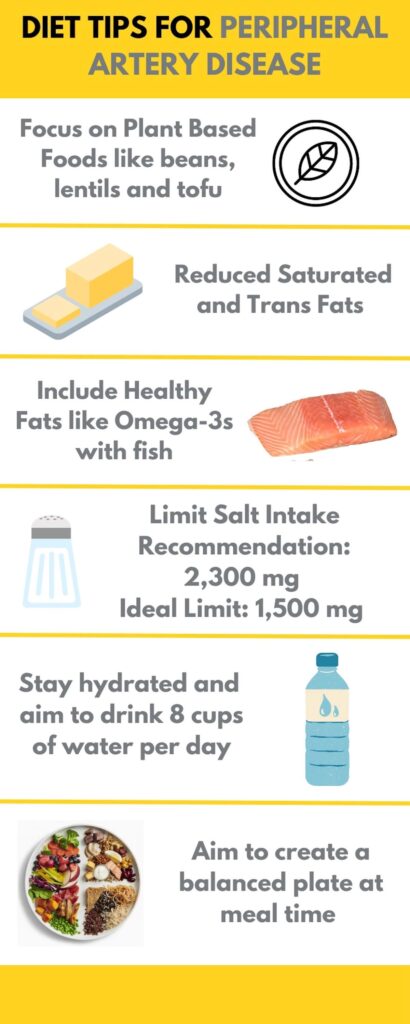
Focus On Plant-Based Foods
Focusing on plant-based foods will help to lower blood cholesterol and help to improve the function of blood vessels, thereby reducing the risk of developing atherosclerosis and PAD (13). The American Heart Association recommends that individuals consume about 4-5 servings of fruits and vegetables per day (14).
Some common plant-based foods include:
- Legumes like beans and lentils
- Fruits and vegetables (I have lots of smoothie recipes to up your vegetable and fruit intake!)
- Nuts and seeds
- Starchy vegetables like potatoes and squash
Plant-based foods are also high in antioxidants which are perfect foods to eat for PAD (15).
Plant-based foods are high in soluble fiber which can be beneficial when reducing the risk of PAD. Soluble fiber helps to reduce the risk of PAD by lowering LDL cholesterol levels in the blood. It is recommended that individuals consume about 25-30 grams of fiber per day, and 10 grams should be from soluble fiber.
Check out these recipes to get some inspiration to add more plant-based foods into your diet!
Reduce Saturated And Trans Fats
Saturated and trans fats are known to increase LDL (bad) cholesterol levels which can contribute to atherosclerosis, the buildup of plaque in the arteries which can lead to PAD. Aim to limit high fat meats, fried foods, processed foods, and full fat dairy products. Instead, aim to incorporate more lean proteins in your diet like fish, skinless poultry, and plant-based proteins like tofu and beans.
Check out this list of food swaps to reduce saturated and trans fats:
- Swap full fat dairy products for low fat dairy products
- Swap butter for olive oil
- Swap ground meat for tofu or lentils in spaghetti
Here are some fantastic recipes that will help you to reduce your saturated and trans-fat intake!
Choose Healthy Fats
Omega-3 fatty acids can help to reduce inflammation and improve blood flow which helps to reduce the risk of PAD (16). Inflammation has been shown to facilitate atherosclerosis or plaque buildup as well as thrombogenesis which is the formation of a blood clot (16). Therefore, it is important to incorporate omega-3 fatty acids as foods to eat for PAD to help reduce inflammation and the risk of developing PAD.
Omega-3 Fatty acids are found in cold water fatty fish. The American Heart Association recommends that individuals should consume about 2 servings or 6 ounces of fish per week. Salmon, trout, mackerel, sardines, and cod are some types of fish that are high in omega-3 fatty acids.
Did you Know? Omega-3s are also found in flaxseeds and linseeds and hemp and chia seeds which can be a great topping for cereals and oatmeal!
Check out these awesome recipes that can help you include more omega-3s in your diet!
Limit Salt And Sodium Intake
Increased salt and sodium intake leads to water retention, which increases blood pressure. This can contribute to the development of plaque in the arteries (17). Decreased sodium intake can help slow the progression of PAD (17).
According to the American Heart Association the recommendation is no more than 2,300 mg/day (18). The ideal limit for most adults, especially those with high blood pressure should aim to eat less than 1,500 mg/day by eating low sodium recipes (18).
Check the nutrition facts label on food products to determine if the product is low in sodium. A percent daily value of 5% is considered to be low in sodium, while a percent daily value of 20% is considered to be a high sodium choice (19). Also make sure to check the serving size as well.
Check out these Low Sodium Breakfast Recipes, Low Sodium Lunch Recipes, and Low Sodium Dinner Recipes for inspiration to limit salt and sodium intake!
Stay Hydrated
Drinking plenty of water can help to keep your blood flowing and prevent dehydration, and thus is important for PAD, as dehydration can worsen symptoms. Aim to drink at least 8 glasses of water per day and avoid sugary drinks, alcohol, and large amounts of caffeine which can dehydrate you.
Studies have also shown that proper hydration for patients with PAD has decreased pain in the lower extremities and increased blood flow (20). Staying hydrated will also help to increase blood volume, therefore decreasing blood pressure, reducing the risk of plaque formation.
Try this pineapple cucumber ginger lemon water for a hydrating drink as part of your PAD diet plan.
Consider Supplements
Some supplements can be incorporated into a diet for vascular disease as they may have a positive effect on circulation and overall cardiovascular health. However, be sure to talk to your doctor or Registered Dietitian before starting any supplements.
| Supplement | Reason for Positive Effect on Peripheral Artery Disease |
| Omega -3* | Decreases inflammation (1) Improves vascular function (1) |
| Vitamin D* | Decreases blood pressure (21) Suppress atherosclerosis or plaque buildup (21) Note: excessive vitamin D intake can promote plaque buildup in blood vessels (1) |
| CoQ10* | No studies have drawn conclusions to the benefit of CoQ10 and PAD though it is thought to improve vascular function (1) |
| B Vitamins | May reduce risk of peripheral artery disease by regulating vascular function and improve blood circulation (22). |
Table 1: Supplements to consider with your healthcare team when following a PAD diet plan.
Be Mindful Of Portion Sizes
Eating too much food can lead to weight gain which can worsen symptoms of PAD. Use a smaller plate and be mindful of your portions when following a peripheral vascular disease diet. Aim to fill half your plate with vegetables, one quarter protein, and one quarter whole grains or starchy vegetables.
Choose Healthy Fats When Dining Out
When eating out make sure to check the nutritional information that can be found on most restaurants’ websites. Try to make choices that are low in saturated fats and contain unsaturated fat when following a diet for vascular disease. Keep in mind that most fried and highly processed foods will be high in saturated fats.
Summary Table Of Foods To Include And Avoid
| Foods to Include | Foods to Avoid |
| Fish Plant-based proteins: beans, lentils, tofu Whole Grains Fruits and Vegetables Nuts and Seeds | Saturated fats: butter, palm and coconut oil, high fat cheeses High fat meats Highly processed foods Fried Foods Refined grains |
Table 2: Foods to include and avoid when following a PAD diet
Other Ways To Manage Peripheral Artery Disease
- Exercise
Exercise can help to reduce pain in the lower extremities, decreasing blood viscosity and improving blood flow (23).
- Stop Smoking
Quitting smoking will help to reduce the risk of further complications associated with PAD, like heart attacks or amputations by preventing plaque buildup and blood vessel constriction (24).
- Medications
Some common medications to manage PAD include:
- Anti-platelet drugs to prevent blood clots (25)
- Statins to lower cholesterol (25)
- High blood pressure medications for PAD patients with high blood pressure (25)
- Oral anticoagulants to decrease the likelihood of developing a clot (25)
- Surgery
Stent placements, removal of plaque and bypass surgeries are common procedures that will help to manage PAD (25).
Undergoing a Stent placement? Check out this Diet for After Stent Placement!
- Manage health conditions like high blood pressure, cholesterol, and diabetes
Managing high blood pressure, high cholesterol, and diabetes will help to properly manage PAD and prevent the risk of limb related complications like amputations (25). These are important considerations when following a PAD diet plan.
Check out this List of Low Cholesterol Foods and download the free PDF to help lower your blood cholesterol now!
- Self-care
Make sure to give your feet some self-care with PAD. PAD prevents blood flow to your feet which can increase the risk of injury and infections (26).
- Sleep
Both poor length and quality of your sleep are associated with and increased risk of PAD. Make sure to maintain healthy sleep habits to lower your PAD risk (27).
- Stress Management
Work related stress has been shown to increase the risk of peripheral artery disease as stress is associated with increased inflammation and blood glucose levels (28).
Examples Of Healthy And Balanced Peripheral Artery Disease Meals
Final Thoughts
Following a peripheral artery disease diet is a great way to manage and decrease the risk of developing PAD. Using these PAD diet tips, you can make small lifestyle changes that will be substantial for your overall heart health.
Be sure to speak with your doctor and dietitian to create a peripheral vascular disease diet plan that will work for you.
Need more guidance and don’t know where to start? Check out this FREE 7 Day Meal Plan to get you headed in the right direction!
This article was written by MacKenzie Bandy, Nutrition Student, and medically reviewed by Veronica Rouse, MAN, RD, CDE.


